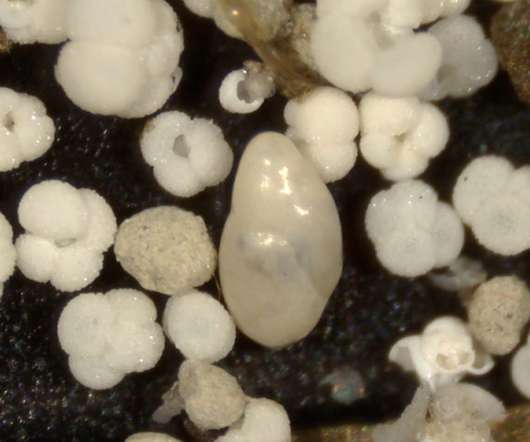Hidden Worlds and Studies: Astrobiology
STEMe
AUGUST 4, 2022
Beginning in the 20th century, research into this question began to be taken more seriously as discoveries of what surrounds Earth were made. There are many plans for astrobiology, as many institutes and centers of research are being opened around the world. In the 21st century, the field of Astrobiology was created.











Let's personalize your content